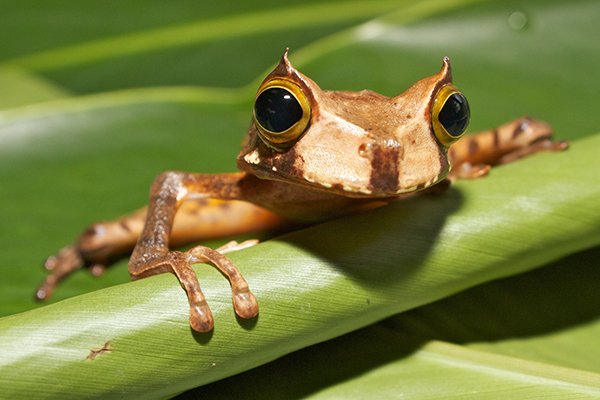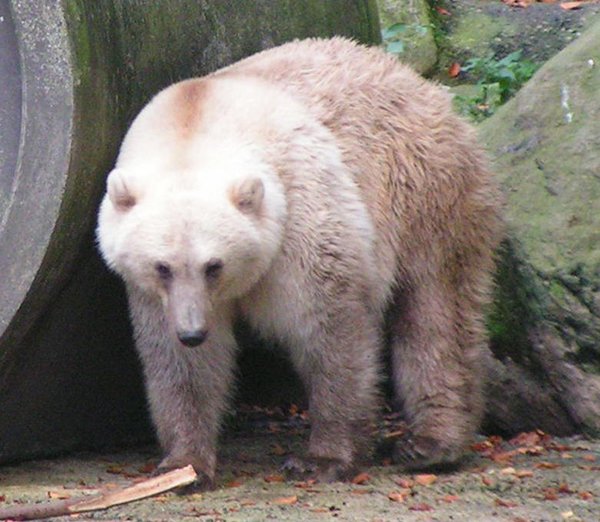Ask a Baraminologist: Animal Questions
Hey, kids, welcome back to our series “Ask a Baraminologist”! Please keep the questions coming. I will get to all of them as soon as I can. This week, we will be answering multiple questions with an animal theme.
Our first question comes from Juliet, who asks, “How long will chicks stay with their mother?”
Excellent question, Juliet! This really depends on the species of bird. Even within a species, time of leaving the nest varies. Canada geese take 42–50 days to leave the nest after they hatch. Northern cardinals leave the nest anywhere from 9–11 days after hatching. So the answer to your question is: It depends. If you have a question about a specific species, feel free to send it to me!
Our next question comes from June, who asks, “Do Amphibians have pouches?”
Great question, June! Most amphibians do not have pouches. That is a trait usually associated with mammals, particularly marsupials. However, there is at least one amphibian species that has a pouch. The female horned marsupial frog has a pouch on her back. Her babies either hatch in the pouch and then go develop in ponds, or hatch and develop in their mother’s pouch.1 Once they finish development, these tiny froglets hop out of their mother’s pouch and go out on their own.

Horned Marsupial Frog
brian.gratwicke, CC BY 2.0, via Wikimedia Commons
Our third question comes from Kaleb, who asks, “Could Grizzly Bears and Polars Bears breed together and do you think the hybrid would have unique features or mixed features of both bears?”
Awesome question, Kaleb! The answer is yes! The hybrid is called a pizzly or grolar bear. Genetic analysis has confirmed a lot of these hybrids, tracing back to multiple parents.2 The bear in the picture is a grolar housed in the Osnabruck Zoo. As you can see, it has mostly polar bear colors, but it has some obvious grizzly bear features.

Grolar Bear
Corradox, CC BY-SA 3.0, via Wikimedia Commons
Our final question comes from Renae, who asks, “How do horses choose their leader?”
Good question, Renae! Horses tend to form herds, both in the wild and in the barn. They establish a hierarchy based in part on age, part on experience, and part on conflict. Stallions (male horses) will fight to determine who will be the boss. The herd usually has only one stallion, with the losers being driven away from the herd. However, sometimes male foals will stay with the herd for a few years before either trying to find their own herd, or trying to take control of the herd they are living in.
I hope these answers help you and are a blessing to you. Please feel free to keep sending in the questions—I’ll get to them as soon as I can! If you have a question, ask your parents to help you submit it here.
Footnotes
- W. E. Duellman and G. Chavez, “Reproduction in the marsupial frog Gastrotheca testudinea (Anura: Hemiphractidae),” Herpetology Notes 3 (2010): 87–90.
- J. D. Pongracz, D. Paetkau, M. Branigan, and E. Richardson, “Recent hybridization between a polar bear and grizzly bears in the Canadian Arctic,” Arctic 70, no. 2 (2017): 151–160.
- © 2024 Answers in Genesis
- Privacy Policy
- Contact
- About
